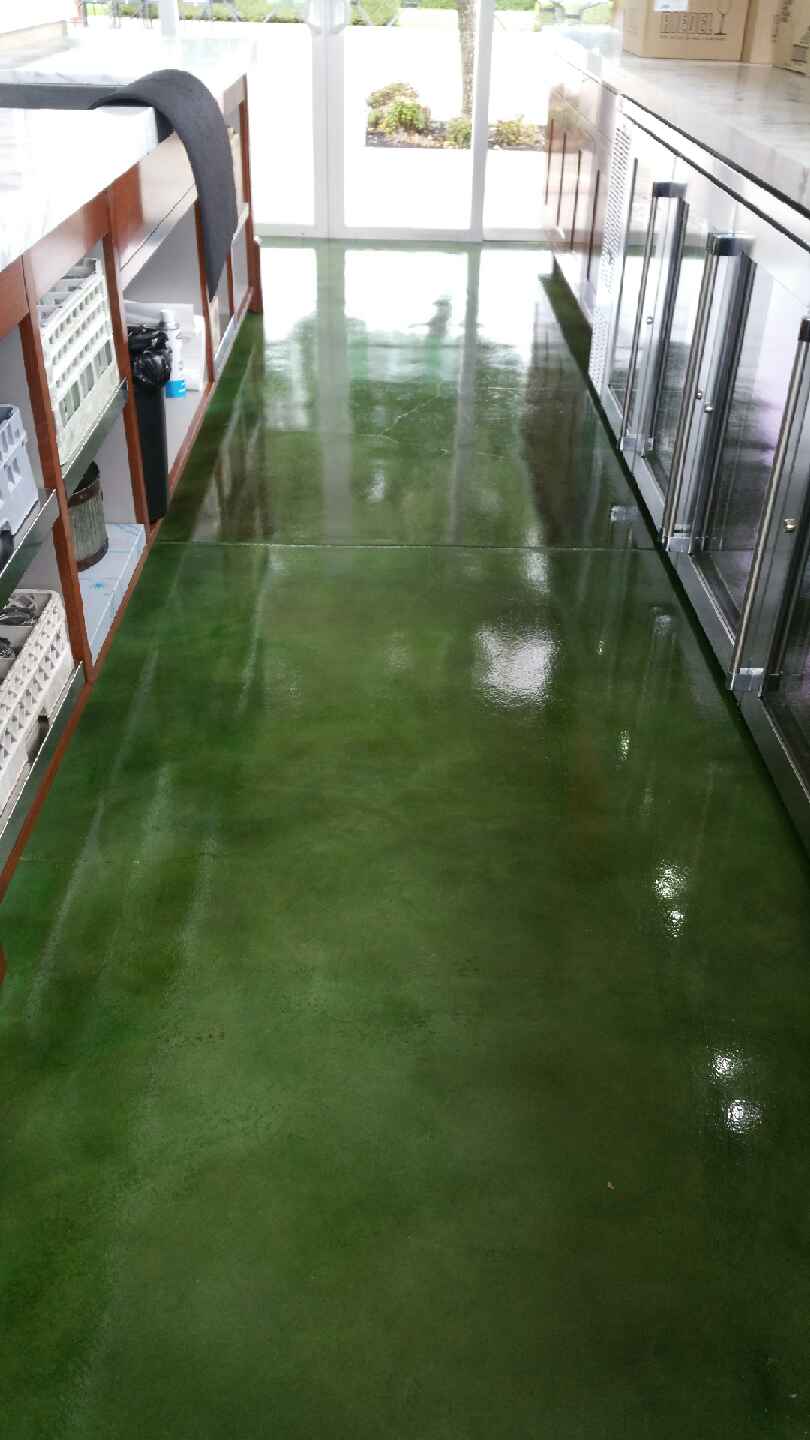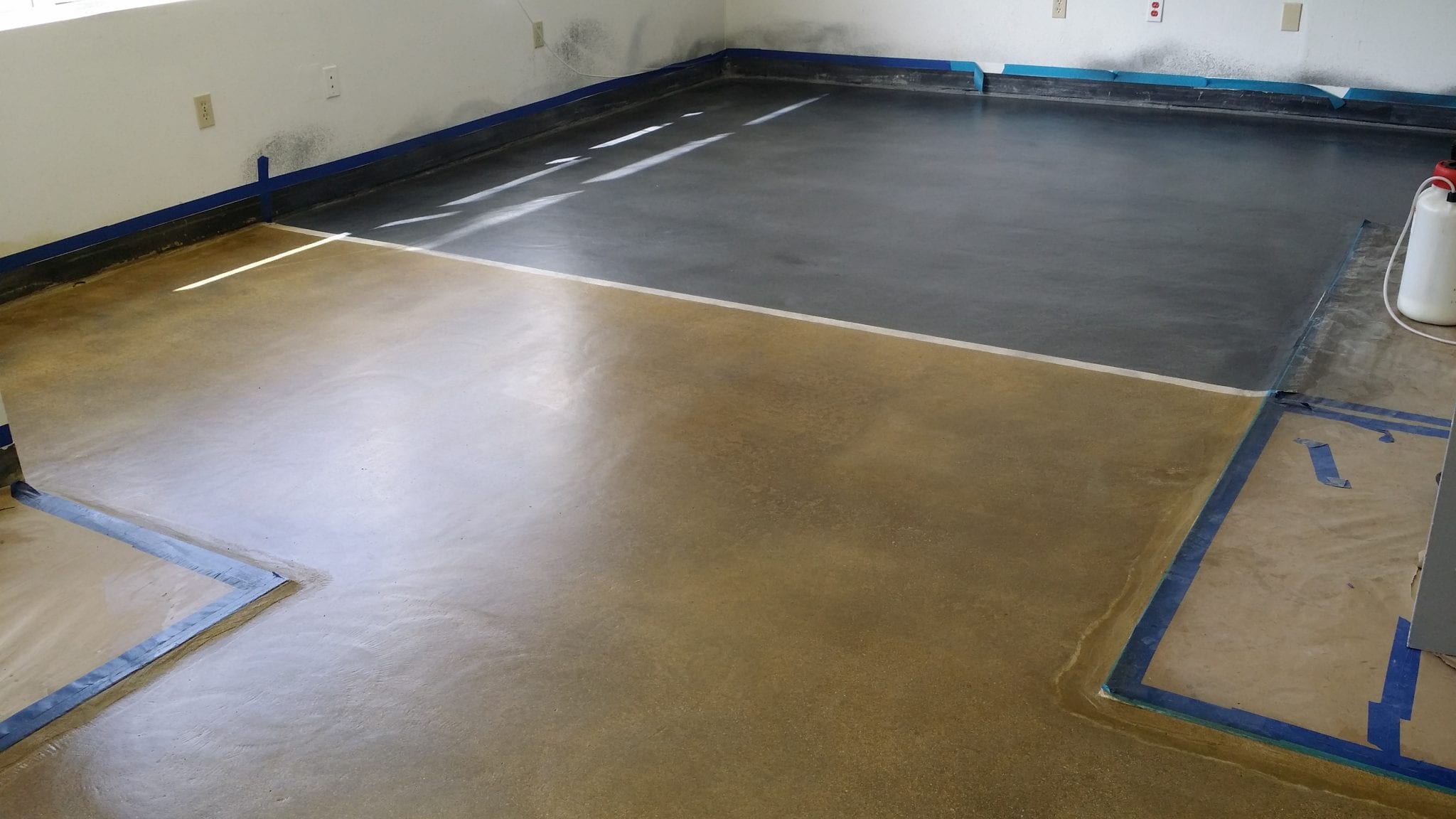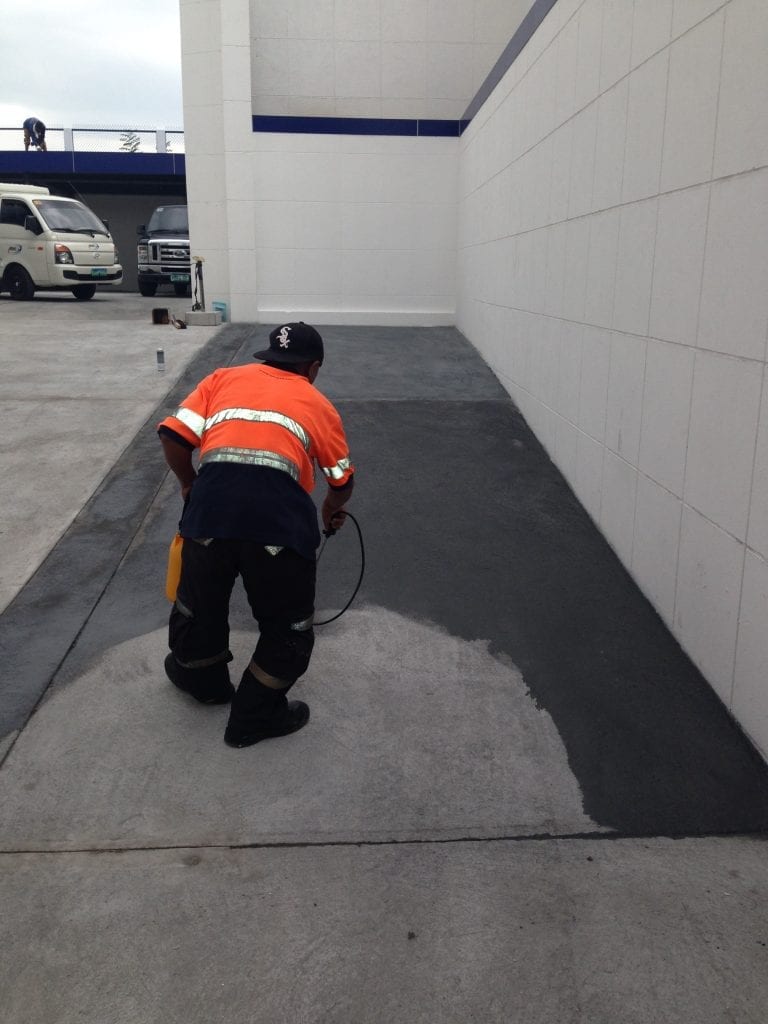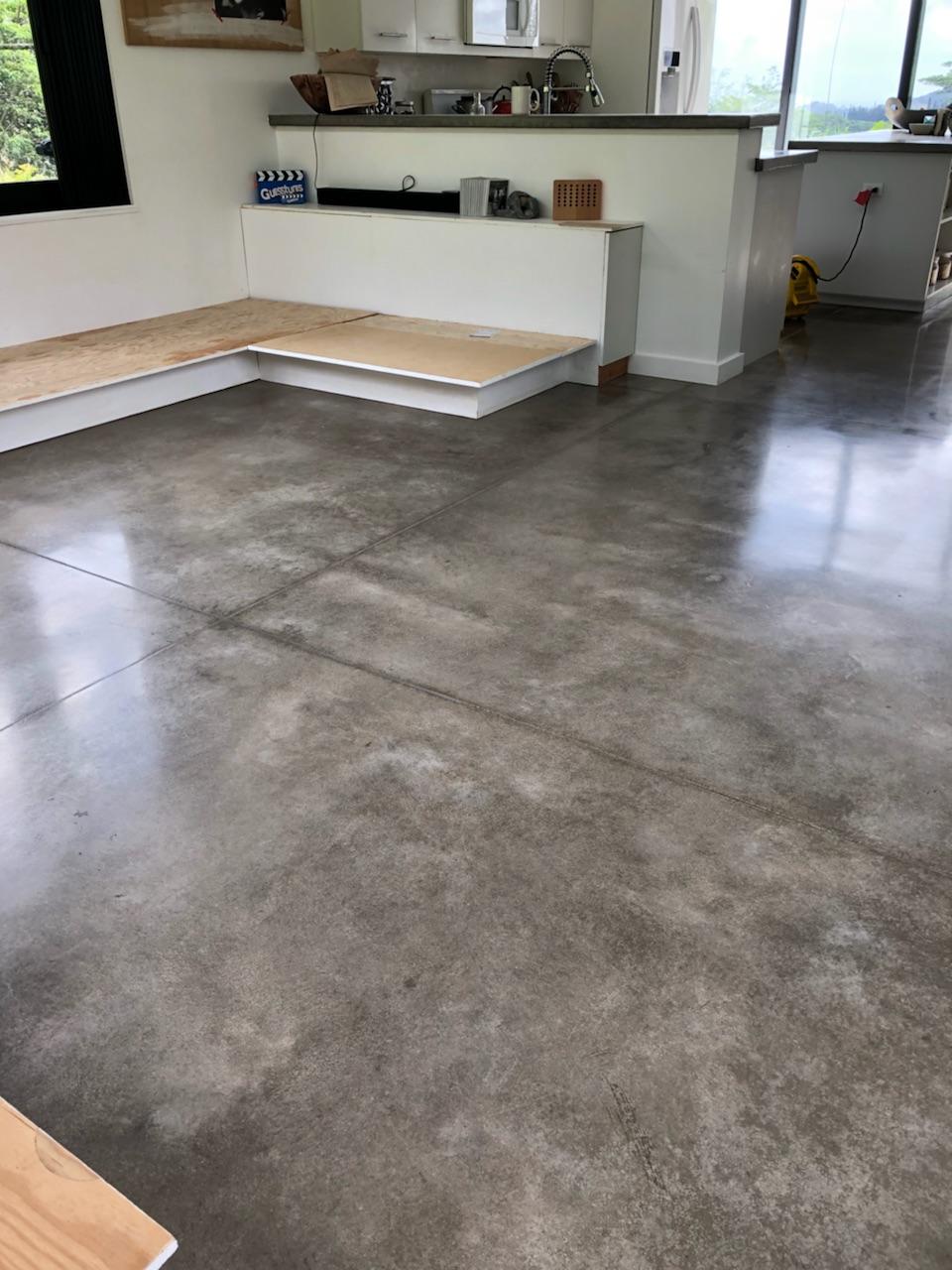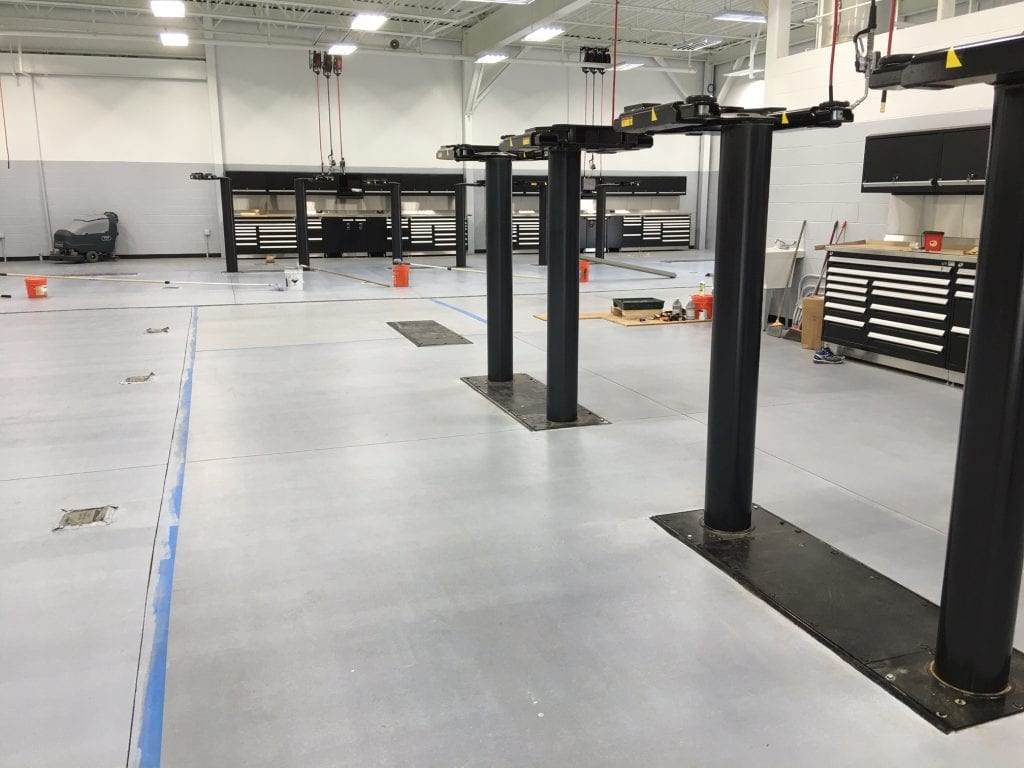
FREE SHIPPING OVER $20
Free Shipping Inside The USA

MONEY BACK GUARANTEE
30-Day Money Back Guarantee.
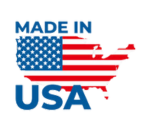
MADE IN THE USA
100% American Made Products.




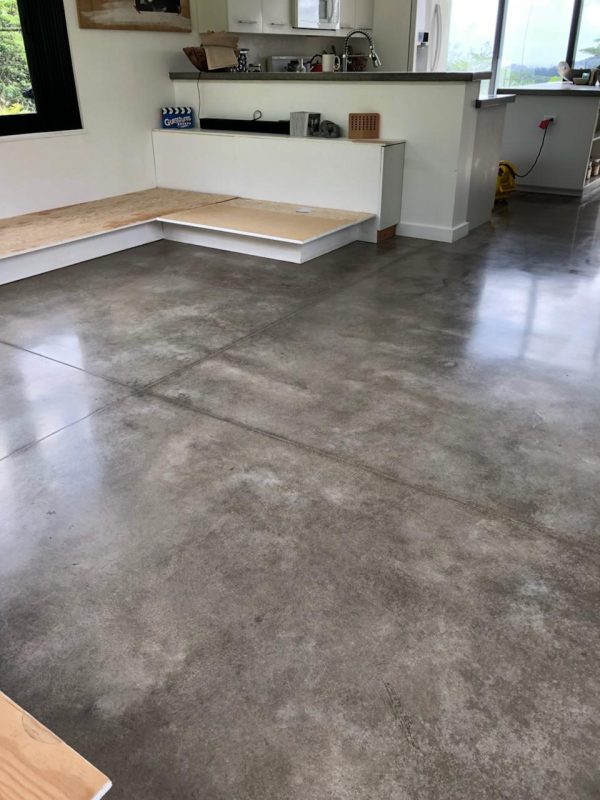
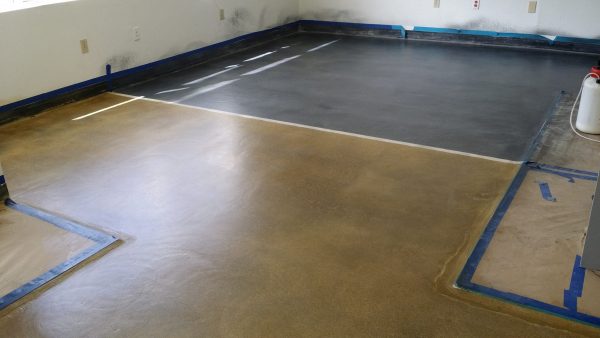
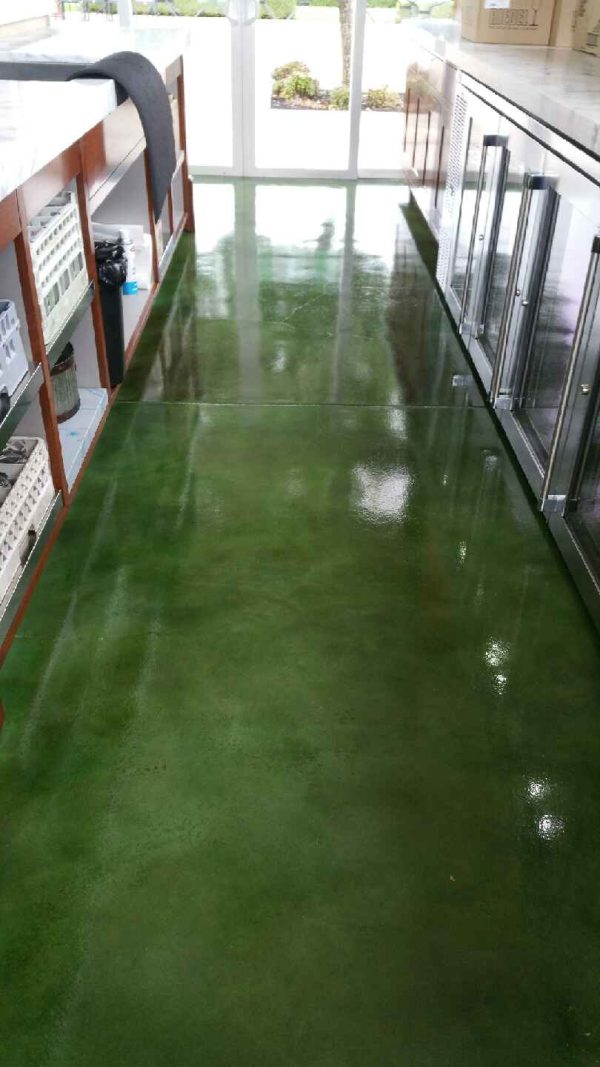


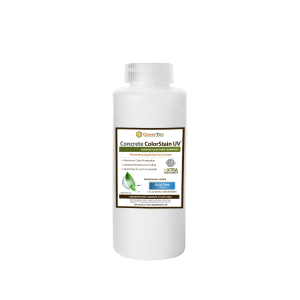

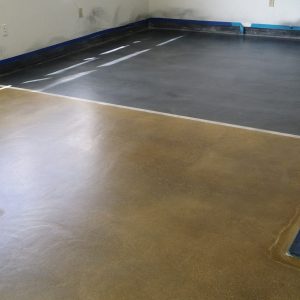

ColorStain UV Resistant Liquid Stain Concentrate for Concrete
$14.00 – $274.00
- Location : Exterior/Interior
- Task : Floor/Wall
- Application : Pump Spray Roller
- Base : Water Based
- Coverage : 400-600 sq.ft/gal
- Finish : 20 colors
- Secure Checkout
- Location : Exterior/Interior
- Task : Floor/Wall
- Application : Pump Spray Roller
- Base : Water Based
- Coverage : 400-600 sq.ft/gal
- Finish : 20 colors
Delivery Time: Typically 3 to 5 business days
What customers are saying
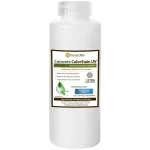
ColorStain UV Resistant Liquid Stain Concentrate for Concrete
$14.00 – $274.00
In stock
- Description
- Application
- Gallery
- Technical
- Reviews
Description
ColorStain UV Resistant Semi Transparent Concrete Stain Concentrate
A specially formulated non-reactive semi transparent concrete stain. Super concentrate color that will penetrate and color most porous surfaces. It can be mixed in water, acetone, or denatured alcohol.
Compatible with all CoverTec water-based, solvent-based, single and two-component products, including urethanes, polyaspartics, acrylics and epoxy clear sealers.
What Is GlazeGuard® Satin Ceramic And Porcelain Tile Sealer?
ColorStain UV is a concentrated pigment, in liquid form. You – or an installer – can dilute it with water or a solvent. After application, it penetrates deep into concrete or other porous surface.
The result is a long-lasting color to that surface. It’s UV-stable, so it can be used inside or outside. It’s very fast-drying, and it’s easy to use.
Is Colorstain UV Best Suited For Indoor Or Outdoor Use?
ColorStain UV concrete stain can be used interior or exterior. As long as the surface is porous, the color will soak into the concrete.
With regard to exterior use, it can be used anywhere where you want to beautify the concrete or surface before sealing it. Areas such as pool decks, driveways or patios. There’s no smell or odor, and it’s a very low VOC product.
It lends itself not only to exterior application, but interior as well. You can use it wherever you have decorative concrete. For example, a store front, a food court, in a shopping mall or airports. Wherever there’s concrete or porous surfaces, you can use ColorStain UV.
Is Colorstain UV Strictly A Commercial Concrete Stain Product?
We developed ColorStain UV concrete stain initially for commercial and industrial applications.It’s a very durable, long-lasting, UV-resistant stain, that can be used inside the property or outside. But it is very easy for anyone to use. It has no reactive or corrosive properties, and it’s very low VOC. With that said, this professional-grade stain can be used for residential DIY projects as well.On the commercial side, customers use it in retail outlets, store fronts, hotel lobbies, etc. Anywhere you want to provide a nice color for concrete and beautify the surface, it’s applicable.Business applications include use in a lobby, warehouses, showrooms, etc. These are all areas where you can use ColorStain UV. Use it outside restaurants, or inside the restaurants. The applications are numerous on the commercial side.
On the residential side, it can be used inside the home. Think of kitchen areas, concrete counter tops, bathroom surfaces, etc. Outside the home, you can apply it around pool decks, driveways, patios, etc. This product is useful in creating a long-lasting, attractive color on any concrete surface around or inside the property.
What Are The Differences Between Colorstain UV And Off-The-Shelf Concrete Stains?
Store-bought concrete color stains are typically:
- Acrylic-based
- Polymer-based
- Acidic-based.
They’re very different from our ColorStain UV penetrating stain.
The acrylic-based products soak into the surface, but they leave a film on the concrete. They don’t penetrate into the concrete itself, and they don’t last as long. Their colors fade sooner, and they tend to break the bonds with any sealer or protective coating over the top quickly and easily. They also take longer to dry, typically 4 hours or more. After which, you’ll need another hour or two before you can seal them with a clear sealant.
The acidic products available at retail outlets react with the minerals present on the concrete’s surface. They’re corrosive, much more difficult to use, and take much longer to dry. (Typically six hours ore more.) Then you have to wait typically another 24 hours before you can use them, a seal over them.
You’ve got to neutralize the surface by flushing it many times with chemicals that are difficult to use. It can be a very drawn out process.
With ColorStain UV penetrating stain, you simply dilute it with a solvent or with a water. Apply it, then wait 15 to 60 minutes for it to penetrate deeply and dry properly (Providing a longer lasting results due to this deeper penetration.)
Another noteworthy point is that ColorStain UV comes in more colors than retail brands. Off-the-shelf products come in limited colors.
ColorStain UV comes in 21 colors. These colors can also be mixed to produce a larger range of colors as well.
What Are Situations Where You Would Not Recommend Colorstain UV?
ColorStain UV is not useful in situations where the surface is not porous. Customers mostly use it on concrete or brick pavers.
The product contains very small pigments in a concentrated form. After dilution, it’s supposed to soak in to the porous surface. If the concrete surface already has an existing sealer, curing agent or treatment on top of it, that would prevent penetration of the color pigment. In this case, ColorStain UV would not serve you.
The product is designed to be used on interior or exterior applications, as long as the surface is porous and absorbent.
When Customers Use Competing (Inferior) Concrete Stain Products, What Do They Typically Notice?
We talk to customers daily. Common complaints we hear from them when using store-bought concrete stains from competing brands include:
- Quick color fading
- Surface peeling, and…
- Top coats or sealers not bonding to the surface.
Whether they were using polymer-based or acrylic-based stains, these are the most common signs of an inferior retail product.
Another issue to be considered is that acidic color stains tend to react with the surface. This is often difficult to control, and can be a safety problem, requiring specific measures to be taken when applying the product.
Typically, you need a lot of time to use these products. They’re more dangerous because they’re corrosive, and their use involves a lot of flushing, rinsing and neutralizing. If you want to avoid all that extra work, time and concern, consider ColorStain UV. Ultimately, you need a penetrating stain that goes deep into the surface, and carries the color deep into the concrete, instead of just leaving a film on the surface that can lift off quickly and fade easily.
What Are The Best Practices On How To Apply A Concrete Stain?
Here’s our guidance on how the apply ColorStain UV and get the best results:
1 – Make sure the concrete is clean.
The concrete itself must be clean. No barrier. No sealers or contaminates on the surface that can prevent ColorStain UV from penetrating into the surface.
2 – Use a pump-up sprayer to apply.
Apply the diluted stain with a pump-up sprayer or garden sprayer. This will gives you the most even application of the product across the surface. You can’t use a sponge. You can use a roller, but that will tend to put it on heavier coat of the product.
3 – Use water to dilute the color.
Using water provides the benefit of a typical 30-minute time to dry. It also results in no odors, and very low VOC. This dilution method works well for both indoor and outdoor application.
4 – Use a solvent to dilute the color.
If you need a faster drying time than using water, then you can use solvents like Acetone, or rubbing alcohol.
5 – Seal the surface as soon as it’s dry.
Whether you use water or a solvent to speed up the drying time, it’s a good practice to seal the surface. We typically recommend one of our high quality clear sealers such as StrongSeal Wet Look, U140 or U100. Any of these sealers will go over the surface, and lock down the ColorStain UV, protecting it from rain or moisture.
There are 2 ways to remove a concrete stain.
- You can grind or sand down the surface to remove the stain.
- You can alter the look by adding a different color top coat with a clear sealer .If the surface is sealed, you can use a solvent – like acetone – with the ColorStain UV, and put another color over the top. This simply changes the look of the concrete.
The best type of stain for concrete is a penetrating stain.
There are 3 types of concrete stain available to customers:
- The acidic or reactive stains.
- The polymer or acrylic stains.
- The penetrating stains.
The acidic stains react with the surface and they take at least 6 hours to work. You also need to flush them several times to neutralize them. So they’re much more difficult to use. They’re much more corrosive and not as east as better technology.
The polymer based stains (the acrylic ones) leave a film on the surface. These can peel or lift off easily. And, they can act as a bond breaker to a clear sealers used to protect the surface. They don’t get deep into the concrete, which results in a short life-span to the color or the surface.
The penetrating sealer is what CoverTec recommends.
ColorStain UV is this type of product. It’s a concentrate that gets deep into the concrete. It dries fast, typically within 15 minutes to 1 hour. It’s no VOC, or very low VOC, so you have no odor issues. If you want to use it inside, just dilute it with water. And the color from a ColorStain UV application lasts a much longer than retail brands.
Concrete stains peel off typically due to UV exposure, especially when the stain is a film forming or a polymer based type of product.
Instead of penetrating deep into the concrete, it’s actually leaving a film on the surface, which can be worn down. It can also be affected more directly by the UV exposure. It’s possible that the surface itself might not have been properly prepared. As a result, the adhesion of stain was poor to begin with.
The ideal product is a penetrating color stain, like our ColorStain UV that soaks deep into the concrete. It does not leave a film on the surface, which means you will never see that problem with our product.
In terms of color stability, UV-resistance and peeling, the stain is a better choice than paint.
In reality, the best choice for you depends on a couple of factors.
First of all, the concrete stain color is not a solid one. It’s a translucent or semi-translucent stain color that’s put on the concrete. You can lightly see through it. You could add several coats to make it more concentrated, but essentially it has some transparency to it.
A paint will impart a solid color. If you’re looking for a solid color, then choose a paint.
Otherwise, as far as longevity is concerned, a stain – like ColorStain UV – is better because it penetrates into the concrete. There’s nothing on the surface to peel off or to be damaged. It will last much longer than a paint.
You can remove a concrete stain by grinding it out of the surface, or applying a clear coat above the current stain, then adding another color or treatment.
ColorStain UV was developed to penetrate deep into the concrete, and to give you a long-lasting color in the concrete. As such, it’s not easily removed. You can sand or grind the surface if you want to remove it. However, more often what you can do is cover it with another color or another treatment.
You can apply a clear coat, and then stain that clear coat to hide, mask or change the appearance of the original color.
Yes. You can, and sometimes must dilute concrete stain products.
You do have to seal the concrete after you staying with our cover color. Concrete stain in is a penetrating color stain. It is not a concrete sealer. It’s job is to penetrate deep into the concrete or porous surface and impart a semi-transparent color to that concrete or poor surface. And then you seal over it with a clear sealer. Something like a uh, strongly wet look or ac two 50. These are all good products to use. Or if you’ve got more of a industrial commercial application, you can use our euro things like uh, uh, you want 40 or are you 100? concrete stain is provided as a concentrate.
You have to dilute it, either with clean water or you can use a solvent, something like acetone or rubbing alcohol.
If you’ve got a porous surface and you want no odor or no vapors at all, then you use water. If you want faster drying, on more dense concrete, then you can use the acetone or rubbing alcohol, which will dry faster. Just note that using a solvent will typically produce a slight odor.
- These types of coatings will:
Put a solid color over the painted or old worn out surface - Give it a tough seal that will hide what’s beneath it
- Make it much easier to clean
- Provide strong chemical-resistance, and
- Make the surface more durable and weather resistant.
Using these products, you get the benefits of hiding the old surface, beautifying it, but also providing a far more protective finish to your concrete or surface.
The length of time that a concrete stain lasts depends on the type of stain you use.
If you are using an acid stain, or a polymer, or an acrylic-based stain, you won’t get as much longevity out of them, particularly the acrylic stains. They sit on the top of the surface. They can wear off. They break down faster with UV exposure.
If you have an existing painted or coated surface, I wouldn’t recommend using ColorStain UV on it.
Keep in mind that the ColorStain UV concrete stain has to penetrate into the surface.
If the surface is already coated or painted, ColorStain UV – or any stain for that matter -won’t penetrade the existing barrier on the surface.
In situations like this, we would recommend our solid color coatings.
Some examples would be StrongSeal Plus, E900 or E400 color coats.
As long as the concrete is porous and absorbent, you can use a stain on it.
ColorStain UV concrete stain is developed specifically for concrete, but it can be used on other porous surfaces like brick and timber wood. Once the concrete is absorbent, the stain can soak in deeply and impart the color. You simply add water (or a solvent) to the dilute the concentrate. Apply it with a pump sprayer. Let it dry.
ColorStain UV concrete stain is developed specifically for concrete, but it can be used on other porous surfaces like brick and timber wood. Once the concrete is absorbent, the stain can soak in deeply and impart the color. You simply add water (or a solvent) to the dilute the concentrate. Apply it with a pump sprayer. Let it dry.
We don’t recommend using a roller to apply our concrete stain.
Using a roller typically leaves lines in the stain. It’s better to use a pump-up sprayer, or a low pressure garden sprayer to apply the ColorStain UV evenly. You can use a sponge to wipe it on. However, the best recommendation is to use a low pressure spray to apply the stain.
Using a roller typically leaves lines in the stain. It’s better to use a pump-up sprayer, or a low pressure garden sprayer to apply the ColorStain UV evenly. You can use a sponge to wipe it on. However, the best recommendation is to use a low pressure spray to apply the stain.
Yes. You can use a stain on old concrete.
ColorStain UV is frequently used to rejUVenate the look of concrete surfaces. It’s a transparent or semi-transparent colored stain. It’s not a solid color like a paint.
So if you’re trying to cover blemishes on old concrete, be aware that this will provide a semi-transparent appearance, as opposed to a solid color. We’ve got 21 colors that you can mix and match. You can apply one color, and then another color on top of that to create a variety of looks and that will really beautify old, existing concrete.
ColorStain UV is frequently used to rejUVenate the look of concrete surfaces. It’s a transparent or semi-transparent colored stain. It’s not a solid color like a paint.
So if you’re trying to cover blemishes on old concrete, be aware that this will provide a semi-transparent appearance, as opposed to a solid color. We’ve got 21 colors that you can mix and match. You can apply one color, and then another color on top of that to create a variety of looks and that will really beautify old, existing concrete.
Yes. You can stain concrete after its cured.
Actually, the concrete needs to be cured. Once it’s fully cured, the surface is going to be very absorbent.
The surface needs to be at least five days old before you stain it. It needs some drying time for the moisture to get out of the concrete. Then you can definitely stain it. Once the concrete is cured, regardless of being part of the interior or exterior of a structure, ColorStain UV can be applied.
Actually, the concrete needs to be cured. Once it’s fully cured, the surface is going to be very absorbent.
The surface needs to be at least five days old before you stain it. It needs some drying time for the moisture to get out of the concrete. Then you can definitely stain it. Once the concrete is cured, regardless of being part of the interior or exterior of a structure, ColorStain UV can be applied.
A high quality concrete stain should dry in 15 – 60 minutes, like ColorStain UV does.
Shortly after this, you can seal the concrete surface.
With that said, not all stains are created equal. Acidic or polymer-based products can take hours to dry, and still need additional work before you can seal or add a top coat to the concrete.
Some best practices to follow when sealing your concrete are:
- Make sure the concrete has cured at least five days before applying a color stain on it.
- Make sure all – or a large amount – of the moisture is out of the concrete before staining so it so it can absorb into the substrate.
- Make sure that the color stain is soaked in, absorbed, and it won’t rub off – before you seal it.
Before painting over a concrete stain, you should seal it with a clear coat first.
You’d actually be painting over the top coat, but you have to sand the surface or prep the surface before painting or coating over it. You must make sure that the surface is clean and dry before you paint or coat over the concret
The length of time that a concrete stain lasts depends on the type of stain you use.
If you are using an acid stain, or a polymer, or an acrylic-based stain, you won’t get as much longevity out of them, particularly the acrylic stains. They sit on the top of the surface. They can wear off. They break down faster with UV exposure.
The acid stains suffer the same limitations. They react with the surface materials, and can be worn off and broken down easily.
Penetrating stains go deep into the concrete, instead of settling on the surface. The stain resides inside the concrete, so it lasts longer since it doesn’t have to suffer the wear and tear that other stain types do.
ColorStain UV – as a penetrating stain – typically provides 5 years plus of coverage before needing re-application to the surface.
Application Method
Application is easiest with a pump sprayer with a conical tip. Tip size of .05 to .15 gpm at 40 psi is recommended to reach coverage rates of 400-600 s.f. per gallon.
There may be residue left on the surface, most notably when the carrying agent is acetone, and when applied to a surface that has low porosity. You may wish to remove the excess residue with a white buff pad when working on a flat surface, but not necessary on broom-finished concrete.
Brush/Sea Sponge Application: For application areas where coverage and product control are warranted, apply ColorStain with a sea sponge or traditional bristle brush (e.g. corners and walls). Using this method of application may result in the appearance of mechanical lines.
Note: Roller application methods force absorption resulting in mechanical lines.
Secondary/Highlight Color: To achieve increase color depth or mottled appearance. A secondary or highlight coat can be applied as soon as initial ColorStain color is dry to the touch (approximately 15 minutes). All ColorStain colors are compatible, thus can be mixed, sprayed simultaneously and layered to achieve a desired appearance.
Packaging
3 fl.oz Super concentrate that makes 1 gallon & 15 fl.oz Super concentrate that makes 5 gallons.
Dilution
Dilute concentrates using water, acetone, or denatured alcohol.
Features
- UV resistant
- Compatible with overlays, as a topical stain
- May be applied over previously sealed surface
- Low Odor
- Fast Air Dry
- Low VOC
- Interior and Exterior application
Main Uses
- Concrete floors and other porous substrates.
- Polymer modified overlays and microtoppings
- Over existing sealed surfaces
- Decorative concrete
- Stamped concrete
- Bricks and concrete pavers
Limitations
- Do not use on Non-porous substrates (e.g. metal, resin, fiberglass)
- Do not use for severe cold weather applications
- Do not apply in rain or wet conditions or at temperatures below 45°F (7°C) or above 105°F (40°C)
- Do not use in areas of constant water submersion.
- For polymer overlay systems, water is not recommended for dilution.
- Roller application methods force absorption resulting in mechanical lines.
Coverage
400-600 ft2 per diluted gallon (9.8 -14.7 m2 per liter) depending on porosity of the concrete. High porosity concrete will be on the lower end and trowel finished concrete will be on the higher end.
Determine if the concrete is porous with a simple water test. If the water drops in and darkens the concrete immediately, then prep may not be necessary. If the surface is a troweled surface, mechanically grind, sand, or chemically etched the concrete to open the pores for better penetration of the stain. If there is a sealer present and in good condition, apply a drop of acetone on the surface and rub with a finger to determine if the stain will penetrate when mixed in acetone. Surface will get sticky or tacky when rubbed, indicating that it can be penetrated with acetone.
Determine if the concrete is porous with a simple water test. If the water drops in and darkens the concrete immediately, then prep may not be necessary. If the surface is a troweled surface, mechanically grind, sand, or chemically etched the concrete to open the pores for better penetration of the stain. If there is a sealer present and in good condition, apply a drop of acetone on the surface and rub with a finger to determine if the stain will penetrate when mixed in acetone. Surface will get sticky or tacky when rubbed, indicating that it can be penetrated with acetone.
Color
All the colors have been specially formulated to produce most durable UV and alkali resistance. All the colors are totally compatible with one another in both the wet and dry stage. See ColorStain color charts for available colors.
ColorStain UV Resistant Liquid Stain Videos
ColorStain UV Resistant Liquid Stain Technical Data Sheet
ColorStain UV Resistant Liquid Stain Safety Data Sheet
ColorStain UV Color Chart
Related Products








Exposed Aggregate, Coloring, Colors / Stain / Flakes, Concrete & Terrazzo, Concrete Colors/Flakes, Concrete Pavers, Driveways, Driveways & Sidewalks, Hospitals, Patios & Pool Decks, Pavers & Natural Stone, Sidewalks & Walks
ColorShot Color Pigment For Concrete And Brick Paver Sealers
$12.00 – $14.00















